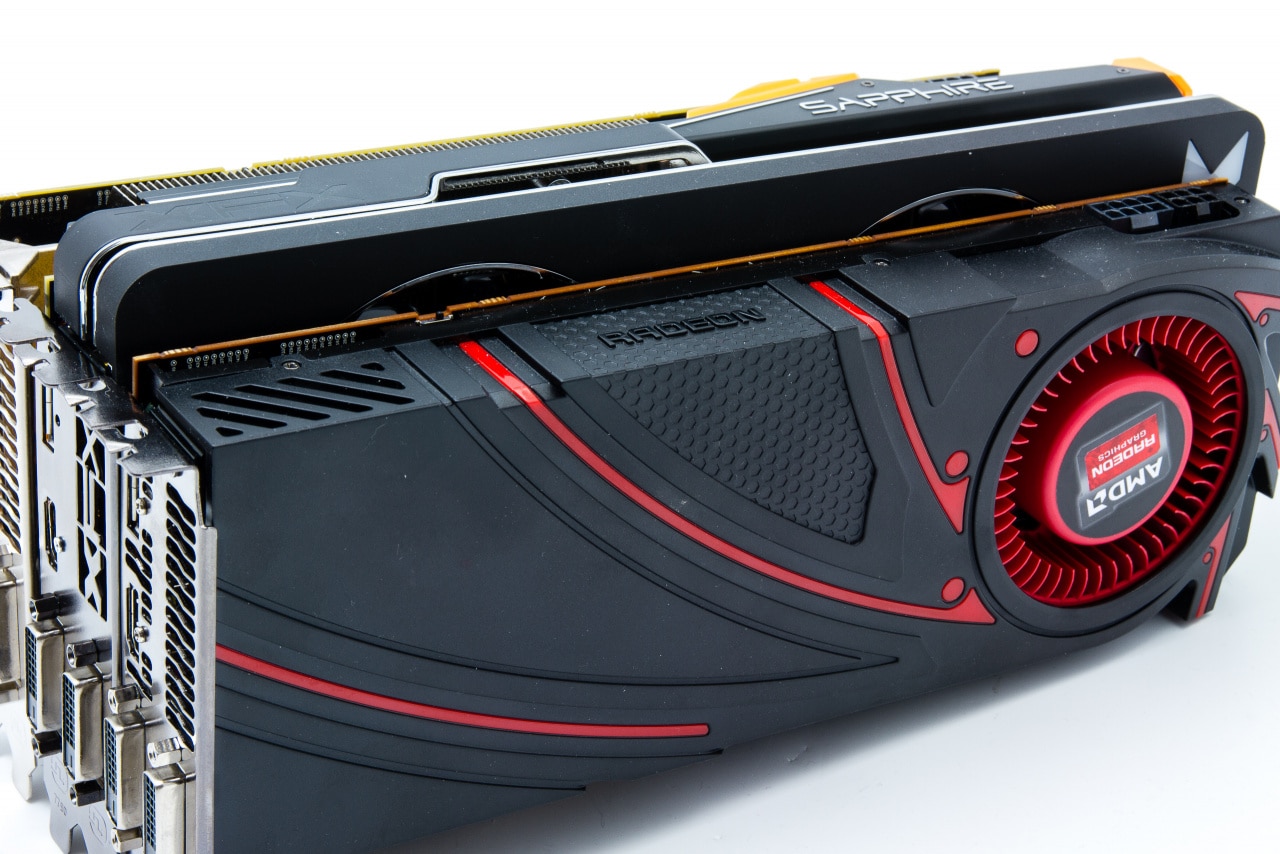

That's because rather than benchmarking a Founders Edition card for our review, we're instead testing the RTX 3060 Twin Edge from Zotac. We've covered Ampere in greater detail in our earlier RTX 30-series reviews, so let's move onto the card's physical design - which looks quite different to the other RTX cards we've tested, for a very obvious reason. Moreover, the 3060 die is similar in size to that of the GTX 1060 (200mm 2), yet it has three times as many transistors thanks to a shift from 16nm in Pascal to 8nm for Ampere.Īs well as improvements to compute performance, all of the usual features of Nvidia's Ampere architecture are present and correct, including next-generation ray tracing and tensor cores, so we can expect more noticeable performance uplifts in RT and AI accelerated workloads. At 276mm 2, the 3060 is much smaller than the RTX 2060 (445mm 2) while consuming only a shade more power and delivering much better performance. To compensate, clock speeds are raised slightly (1665MHz vs 1777MHz) and power consumption is reduced by 30W (170W vs 200W).Ĭompared to older designs, the 3060 packs a lot of performance into relatively small die. That means, comparing the RTX 30 Ti, we see a reduction in CUDA cores (3584 vs 4864), memory bus width (256-bit vs 192-bit) and memory bandwidth (448GB/s vs 360GB/s). The RTX 3060 is the first card to use Nvidia's GA106 GPU, the smaller brother of the GA104 (used in the RTX 3060 Ti and 3070) and the GA102 (used by the 30). The rest of the specs are pretty straightforward.

#NVIDIA GEFORCE RTX 3060 1080P#
Nvidia opted for 2GB modules for 12GB in total, so here we are! 12GB still sounds like a lot for a card primarily tasked with 1080p gaming, but with competing AMD Radeon RX 6700 cards rumoured to sport the same amount, it's clearly a fight that Nvidia didn't want to lose. If you divide 192 by 36, you get six - so you can either have 6GB of RAM or 12GB of RAM, depending on whether 1GB or 2GB memory modules are used on the card. The simple explanation is that this bus is split into 32-bit chunks, each of which can access one 1GB or 2GB module of GDDR6. (Of course, the graphics card market remains absolutely risible at the moment, so whether we actually see any RTX 3060 cards at their recommended retail price for longer than a split-second remains to be seen - but we're doing our best to round up where to buy the RTX 3060 here.)īut for that money, we do get something quite special: 12GB of GDDR6 memory, compared to just 8GB on the RTX 3060 Ti and RTX 3070 - and come to think of it, that's even more than the 10GB of GDDR6X memory on the RTX 3080! So what's going on here? Well, the answer is pretty nerdy: it has to do with the 192-bit memory bus on the 3060. Nvidia promises the performance of an RTX 2070 at the cost of an RTX 2060, and that definitely sounds like a good deal - especially when you remember that the GTX 1060 debuted at $300, and this card should offer around double the performance for only a few currency units more, inflation notwithstanding. Ideally, that would mean that we'd see the RTX 3060 deliver a little more than 80 per cent of the performance of the RTX 3060 Ti, as we're paying around 82 per cent of the price. It's a recipe for disappointment for the RTX 3060, but thankfully Nvidia's new card has some unique advantages that keep it in contention - including some surprising specs, a raft of custom designs and a nerf to cryptomining that may aid retail availability.įor starters, let's talk price: the 3060 is a $330/£300/€330 graphics card, which makes it $70/£70 cheaper than the RTX 3060 Ti.

What's more, the RTX 3060 also has to differentiate itself from the recently-released (and well received) 3060 Ti, which is itself a cut-down RTX 3070 available at a much lower price point. The last-gen RTX 2060 brought Nvidia's crown jewel features like real-time ray tracing and DLSS to a broadly affordable price point, while the value of the Pascal-era GTX 1060 means that it's still the most popular graphics card in the world, according to the Steam Hardware Survey.


 0 kommentar(er)
0 kommentar(er)
